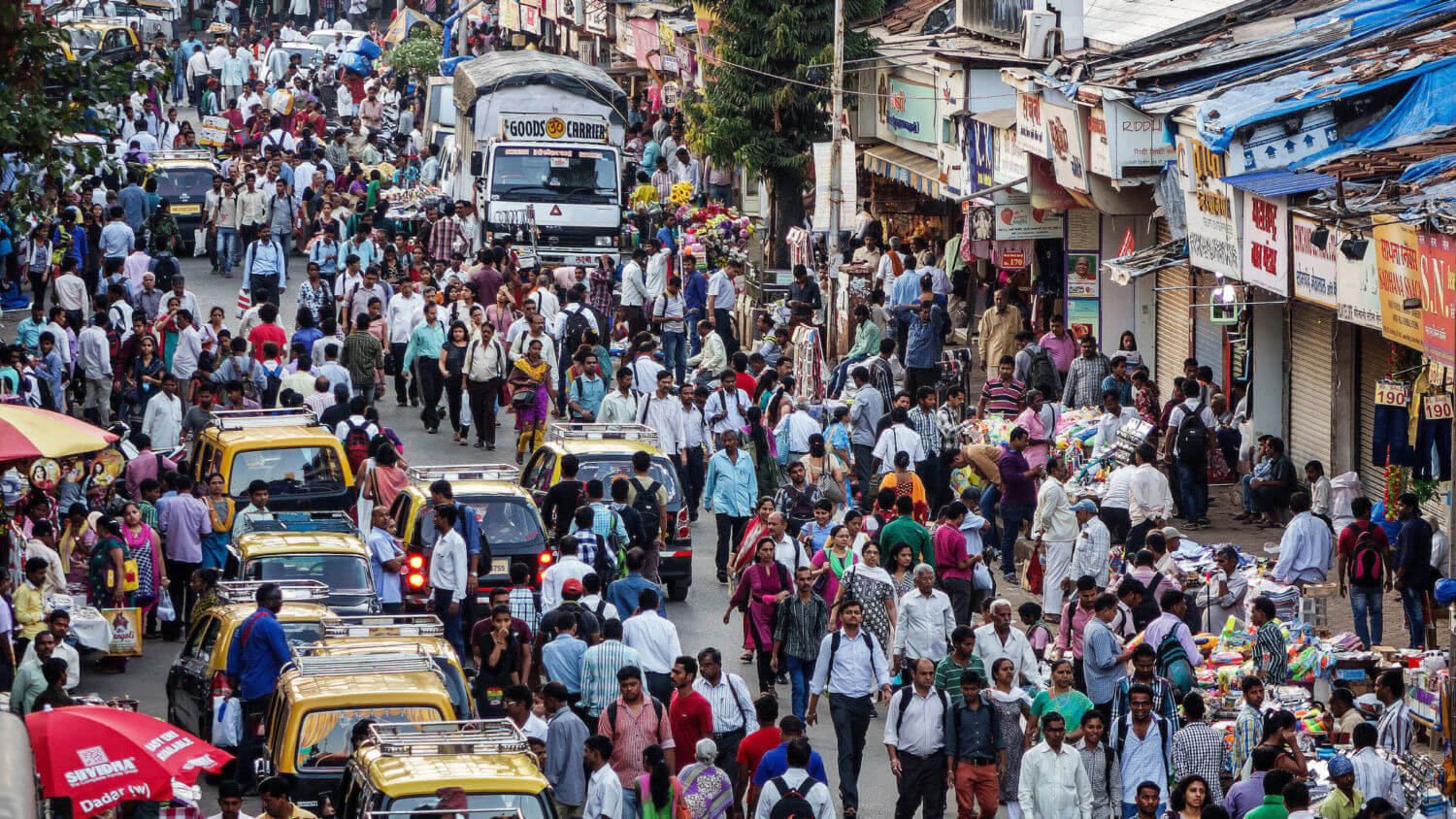Right from the first Five-Year-Plan in 1952, Indian policy-makers have been grappling with family planning. Between 2015 and 2016, India spent more than $100 million on family planning initiatives. Yet, although population growth is declining, India's fixation with population control has not ended. Since the implementation of the Citizenship (Amendment) Act, 2019, discussions within India’s ruling party, the Bhartiya Janata Party (BJP), indicate the introduction of a new population control law, further entrenching India's long history of using coercive and punitive measures to stem population growth.
Sanjay Gandhi was the first to introduce a two-child policy in India. His policy was, however, criticised for being coercively used alongside sterilisation drives. Nevertheless, there is once again mounting pressure to introduce a penalty-based two-child policy.
On India’s Independence Day in 2019, Prime Minister Narendra Modi expressed the urgent need to address India's surging population figures. Following this, RSS Chief, Mohan Bhagwat advocated the need for a 2-child policy in India. BJP leader Ashwini Upadhyay has filed a petition in the Supreme Court–following its dismissal by the Delhi High Court–arguing for a population policy that penalises individuals with more than two children. In the petition, he urges the court to recognise the population problem in India as the root cause of corruption, pollution, unemployment, lack of sanitation, and increase in crimes against women.
Currently, there are two private member bills in the Rajya Sabha on the two-child policy–The Population Regulation Bill, 2019 and the Constitution (Amendment) Bill, 2020. Both the Bills call for a two-child norm that implements punitive measures to ensure compliance. The 2019 Bill enlists various measures such as a reduction in subsidies, reduced benefits, higher interests on loans, and lower interests on investments and saving instruments. Similarly, the 2020 Bill calls for similar penalties in taxation, employment, and education.
Various states in India disincentivise individuals from having more than two children. Rajasthan and Madhya Pradesh disqualify candidates with more than two children from government posts, while Rajasthan, Andhra Pradesh, Telangana, Maharashtra and Karnataka disallow them from contesting in local body elections. In Maharashtra, women with more than two children are excluded from availing benefits of the Public Distribution System.
Population scientists point to China's misadventures with the one-chld policy warn of the dangers of a punitive two-child policy. In China and Indian states with the two-child policy such as Rajasthan and Madhya Pradesh, there was an increase in sex-selective abortions, desertion of women, and abandonment of female children following the implementation of the policy. The 2018 Economic Survey shows that the preference for a male child has led to the abandonment of 21 million female children in India. Hence, implementing a two-child policy with punitive measures will further increase the burden of family planning on women.
Indian policymakers' obsession with reducing the country's population growth rate is rooted in the Malthusian principles, which view rapid population growth as a short-sighted and a barrier to economic development. The Malthusian school of thought implements an absolute limit on population growth. However, as evidenced by China, such policies ignore the disastrous trickle-down effect on future generations, who face economic stagnation owing to an aged population.
Moreover, Indian policymakers' alarmist attitudes are misguided. With over 50% of India’s population in the reproductive age, combined with an increasing life expectancy, it is natural that the population growth rate is increasing. An organic transformation of the population requires an increase in the population growth rate before it declines. India’s population is expected to peak in 2060, following which there will be a steep decline.
Rather than the population growth rate, the Total Fertility Rate–“the average number of children a woman would have by the end of her childbearing years if she bore children at the current age”–should drive Indian family planning policies. As universally accepted by population scientists, and corroborated by the UN, the total fertility rate of a developing country should be 2.1, which is the replacement level fertility, which is “the total fertility at which a population exactly replaces itself from one generation to the next, without migration”.
India has a TFR of 2.2, with several states having a total fertility rate of less than 2.1. Out of 28 states, 17 states have achieved the replacement fertility level. Thus, India must towards stabilising its TFR rate, rather than reducing it further, to avoid the same fate as the Chinese population. Countries across the globe are currently facing a “baby bust”, where there are insufficient children to maintain their population, thereby causing an ageing population.
To achieve a stable sustainable family planning policy, India needs to adopt a rights-based approach. A couple’s right to choose the number and spacing of their children must be promoted by focusing on improvement in socio-economic indicators. Amartya Sen advocates the need to recognise the population problem as one of underdevelopment. Drawing from European and Northern American experiences, he argues that to achieve the aim of controlling population growth, an “overall rise in human and economic development indicators” must be prioritized. These include economic security, access to contraception, improved health, and increased literacy, especially amongst women.
The National Family Health Survey (2015-2016) demonstrates a direct link between family size and education, employment status, household wealth, and infant mortality rate. Therefore, the need of the hour is to improve socio-economic factors to promote reproductive health and reproductive rights.
Population control policies must be understood beyond the fear of becoming the most populous country in the world. A punitive two-child policy can cause more problems than it intends to solve. India must learn from Chinese mistakes and refrain from focusing on the population growth rate of the country and adopt a rights-based approach that focuses on maintaining the replacement levels of fertility.

